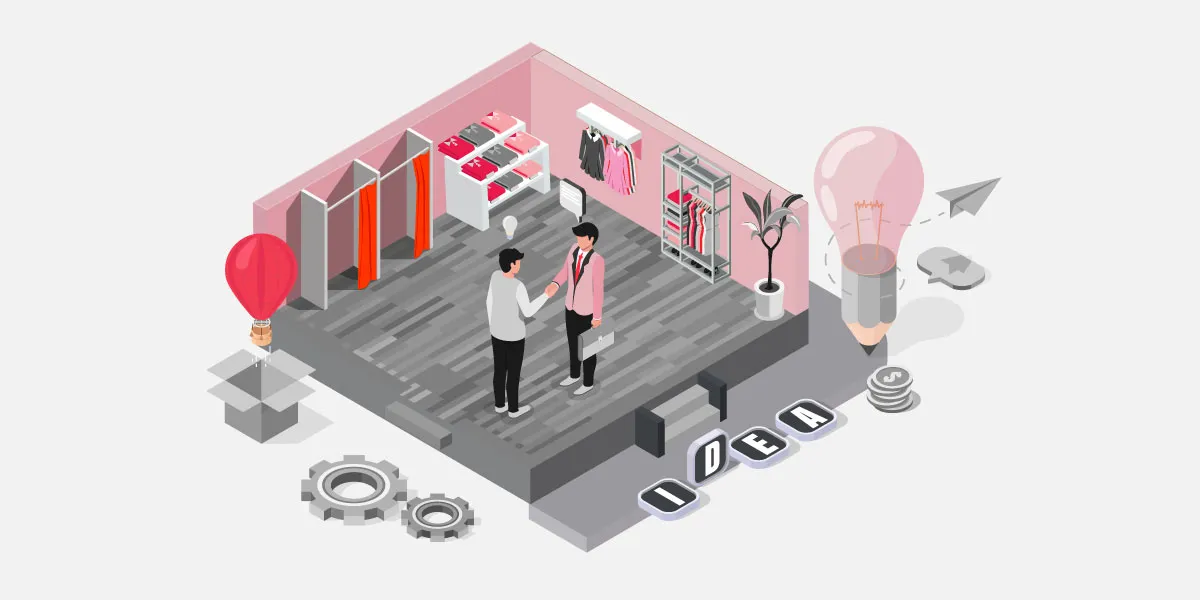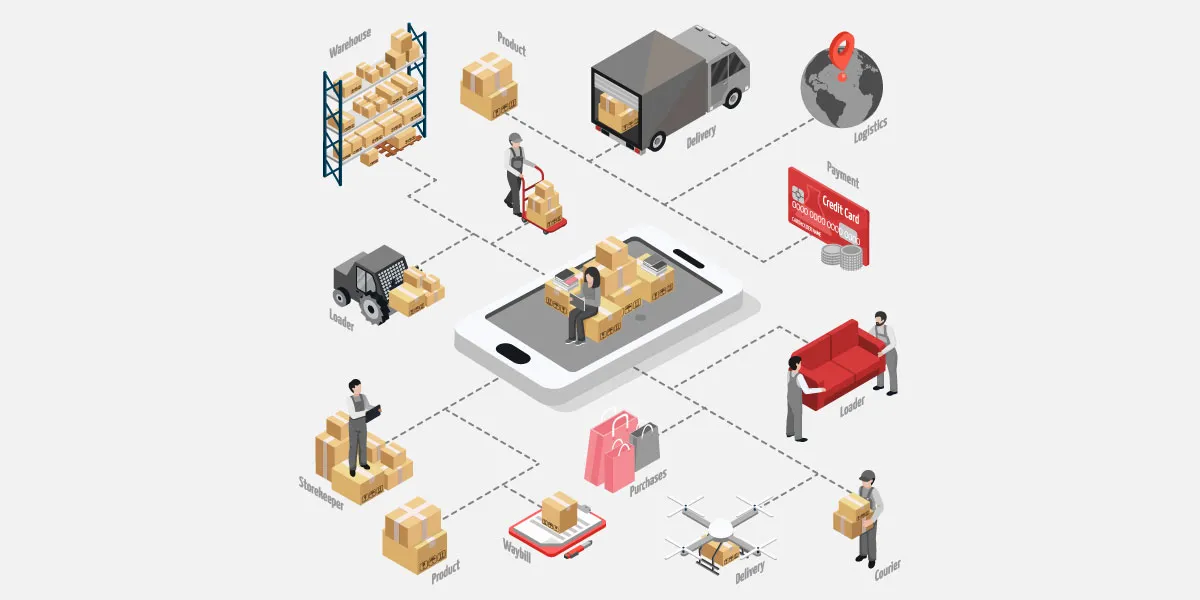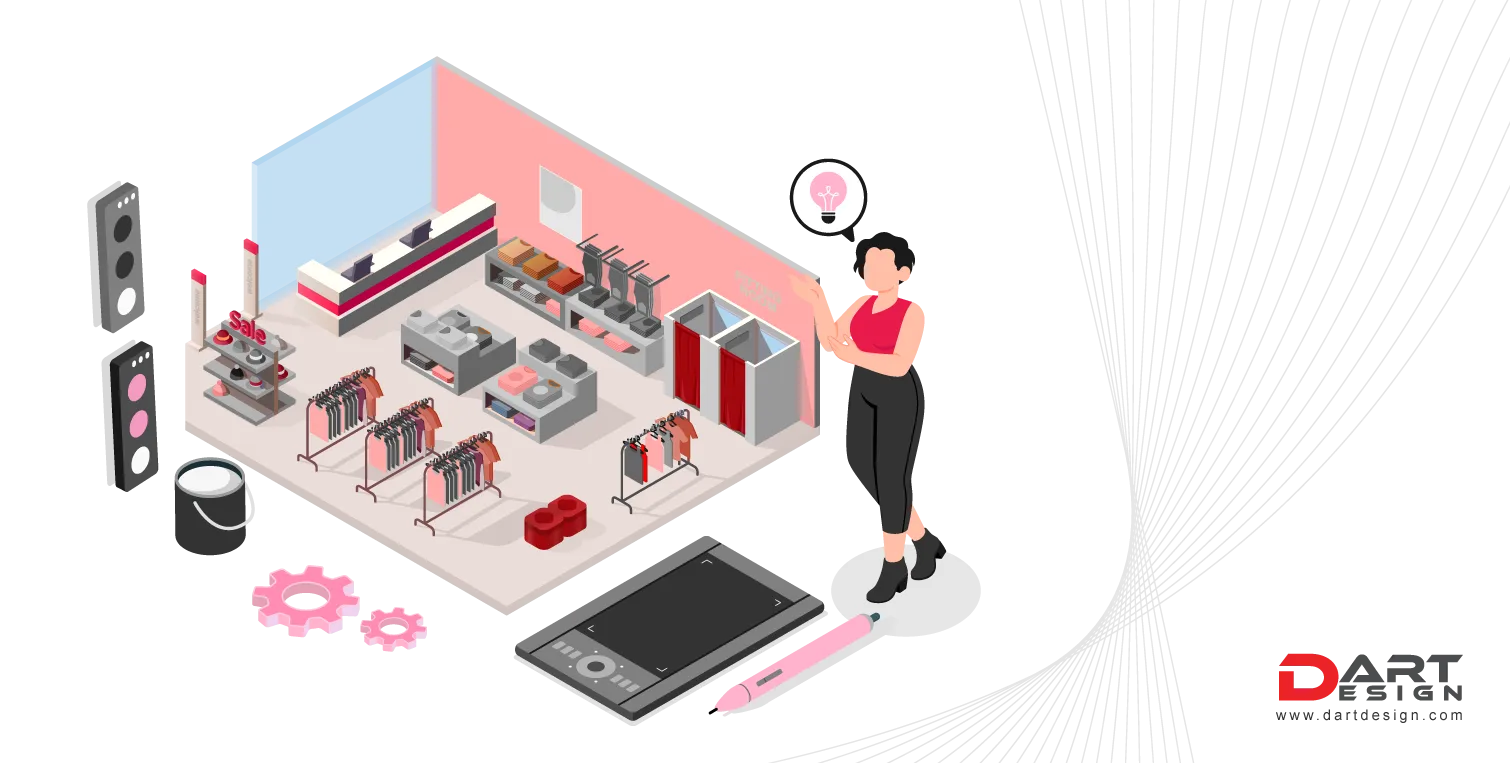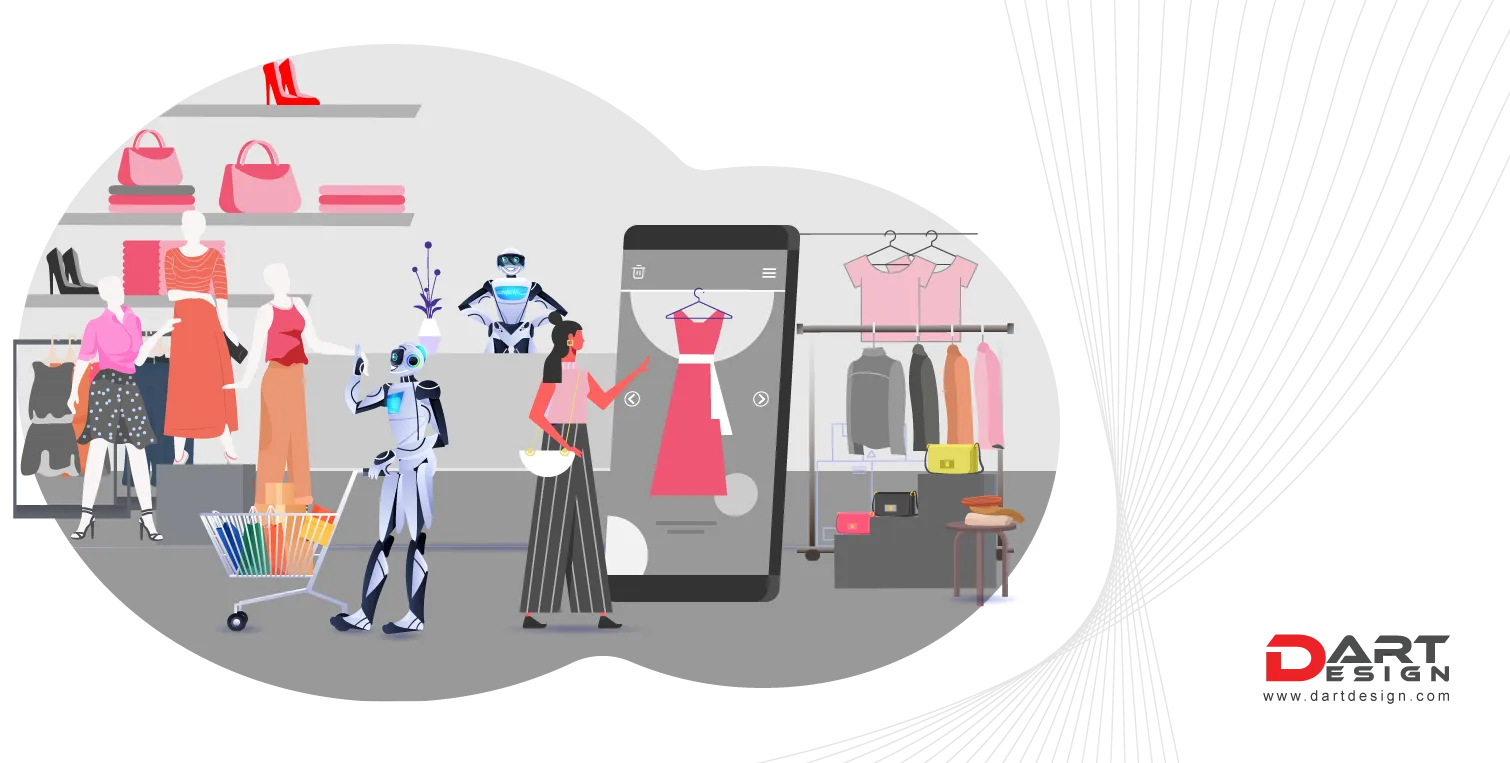Table of Contents:
The bespoke culture of ‘Made to Order’ Feature: How design could Benefit?
- Sparking the Creative Ability
- Bolstering a strong consumer Connection
- Reinforcing Sustainable Goals
- Supply Chain Management Made Better
Introduction
We are now accustomed to mass consumption, and fast fashion is a by-product of this concept. But believe it or not, before mass production became popular and profitable, we rejoiced in made-to-measure clothing designed by our tailors. The trend is reviving, and people are adapting. Retail has found new relevance because consumers want to own a product or service. They have this thing for self-expression, and design is its key.
The pandemic pushed the eCommerce industry, and it boomed like never before. Meanwhile, physical retail was gearing up for a revolution that would restore its glory, and it made design its partner-in-crime. The design industry is collectively resurging new development and personalization, or “Made-to-Order,” is in full force.
In its STEPIC Innovation 2025 forecasts, WGSN predicted a steady rise in personalization. This is as the caring economy explores ways to soften the edges of its mental health. Yes, customization might have returned to the limelight due to people’s shifting emotions and concerns about well-being. Yet, it is now viewed as a lifestyle choice that yields better and more durable expenditures.
McKinsey reports that 71% of consumers expect personalization in the product or service they buy, and 76% get frustrated over not receiving it. How the bespoke feature influences and benefits the interior design industry interests us.
The bespoke culture of ‘Made to Order’ Feature: How design could Benefit?
Everything about brands today converges on customer experience. The strive to build the perfect consumer experience, especially inside physical retail, has prompted decision-makers to turn to retail design companies for assistance. And this creates an urgent need for design experts to identify how the Made-to-Order culture, which fits right for the product market, also has the space to fit services like interiors, considering they are the biggest element behind a consumer’s engagement and decision to stay connected with the brand name.
Made-to-order culture appeals to all demographics. Millennials & Generation Z, who grew up with the coercion to create their own personal brand, have become more aware of the significance. So, brands leveling up to appeal to this cohort must emphasize how personalization could holistically improve business to maintain relevance in the market.
Here are our two cents on how this bespoke individualism culture would influence design positively:
Sparking creativity

What if your customers got a chance to actively participate in creating retail store interior design? Well, this might have been a menacing thought in the pre-era of co-creation, but in Made-to-Order culture, blowing the fire of creativity is what design firms offer to their clients.
The trend of personalization is not just valuing designers' craftsmanship but also giving clients a chance to reinforce their creativity inside the space, truly reflecting the brand identity in every inch of a store. Hence, creating bespoke designs also enables the customers to do measured & constructive thinking and present a brief that assists agencies in doing justice to developing a layout.
Bolstering a strong consumer connection

Creating customized designs per consumer needs initiates a dialogue between a brand & the consumer. People today seek brands that start a discourse about what’s relevant, and this is how connections form, and consumers stay long with a brand. The Australian ceramicist brand Made With Love Ceramics is an excellent example of the creation of a bond. They sell custom pieces with personalized affirmations as consumers demand. While this seems true for the craft market, it closely connects to interiors, giving your clients the right dose of individualization in their space and letting them make the connection with the consumers they yearn for.
Reinforcing the Sustainable Goals

There is a serious onset of trend fatigue, causing people to slow down what they follow and make purchase decisions wisely. It also implies the monumental challenge of the climate crisis, prompting people to think about how much they consume. As a result, the Made-to-Order strategy has led to slower product consumption and is probably why Slow Living Interiors are becoming a thing.
Consumers seek timelessness, and that means buying fewer but better commodities. Probably why minimalistic interiors come at a higher cost, but fewer resources represent the brand. Designing interiors now requires brands and agencies to emphasize versatile content that supports sustainability goals.
Supply Chain Management Made Better

The culture of personalization has led to the creation of products for consumers when demand arises. It is particularly relevant to designing interiors, products & packaging, where material procurement and logistics take-up expenses and resources. That’s why with individualization managing the supply chain has become accessible.
Final Word
Personalization has led to a major transformation in how design functions for businesses and people. These impacts on the design industry would need to sink in for companies to know how and where interiors could benefit their brand identity. They would also need to adapt to people’s need for witnessing and experiencing unique experiences. And Made-to-Order becomes a brand strategy not only for product customization but also for services.





